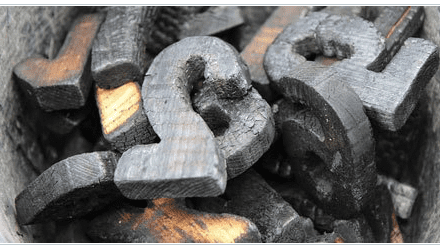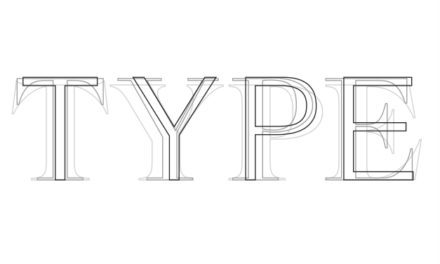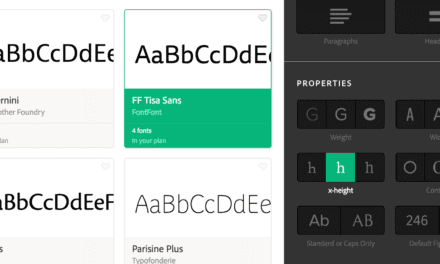ARTICLE SUMMARY: Nothing says good design like making that emotional connection to your target audience. It’s what we strive for. When people feel something in response to a design, they are more likely to remember it and keep coming back to it.
Emotional design can help build trust and credibility. People often make purchasing decisions based on emotions rather than logic. A design that resonates emotionally with users can drive conversions and influence buying decisions.
In Jo Ash Sakura’s “Neurodesign: a step-by-step guide to weaving emotions into your designs” the article delves into the importance eliciting emotional responses to your design along with how to achieve that response. Some of his steps include
- Study the emotional wheel
- Define your product’s emotional map
- Integrate emotions into design elements
The insights from neuroscience will help in optimizing the user experience. It will help guide how information is organized, how interactions are structured, and how aesthetics influence emotions resulting in designs that feel more natural and engaging.
Design is more than just function. Neurodesign helps designers tap into the emotional responses triggered by certain elements, such as color schemes, patterns, and spatial layouts. This is especially valuable in advertising, branding, and marketing, where creating a strong emotional connection can significantly influence consumer behavior.
In conclusion Jo Ash Sakura tells us to “remember: By pinpointing the emotions your product should evoke, each design element can become a deliberate step towards that emotional goal.”
This is a great article for old and new designers alike, let us know what you think in the comments.




